Dhaka, July 17 (V7N) – The anti-quota movement transformed into a full-scale mass uprising on July 17, with nationwide protests, campus takeovers, and public fury boiling over following the killing of student protester Abu Sayeed in Rangpur.
The movement, initially driven by demands for reforming Bangladesh’s quota system, took a sharp turn after July 16, when police opened fire on peaceful demonstrators at Begum Rokeya University, killing Abu Sayeed. The tragic death shattered the last vestiges of restraint among students and sparked widespread resistance.
On July 17, students across the country began expelling Chhatra League activists from dormitories, with reports confirming that major halls at Dhaka University and other campuses were declared "free of Chhatra League." According to Rifat Rashid, former coordinator of the Anti-Discrimination Student Movement, female dormitories and key male halls like Mohsin Hall were among the first to be cleared.
The rage was not limited to campuses. In Dhaka’s Jatrabari, protesters established a stronghold that quickly became symbolic of the movement’s defiance, later dubbed the “Lelingrad” of July.” Despite heavy police deployment and government orders, the area remained out of state control until August 5.
Police Brutality and Suppression Intensify
On July 16, at least six students, including Abu Sayeed and Wasim, were reportedly killed in police crackdowns across the country. In memory of the deceased, the Anti-Discrimination Student Movement organized a silent funeral in front of the Raju Memorial Sculpture. However, police attacked again, firing tear gas and baton-charging the crowd before the funeral could begin. The mourners eventually relocated the service to the DU Vice-Chancellor's residence at 4 PM.
Rifat Rashid described the police presence as militarized, with SWAT teams and snipers positioned at strategic points, targeting demonstrators. Arbitrary arrests were also reported, though some detained students were later rescued by supportive teachers from Shahbagh Police Station.
National Protests and Road Blockades
Simultaneous protests erupted across the country, including in Shariatpur, Brahmanbaria, Feni, and Munshiganj. Roads and highways were blocked, despite violent crackdowns and armed attacks allegedly carried out by members of the Chhatra League, Jubo League, and Awami League. Hundreds were injured in coordinated assaults.
As fear of retaliation mounted, many universities declared indefinite closures and ordered students to vacate dormitories. Police issued threats to forcibly clear campuses by evening.
Prime Minister’s Address Triggers Backlash
In a national address at 7 PM, then Prime Minister Sheikh Hasina appeared in a black sari, expressing grief over the unrest. However, the gesture failed to resonate with the public and was widely criticized on social media, with many accusing the government of insincerity.
Later that night, the government imposed a mobile internet shutdown across large parts of the country in an attempt to stifle mobilization and information flow. Instead, it fueled greater outrage.
Around 8 PM, enraged citizens set fire to the Mayor Hanif Flyover toll plaza in Jatrabari. Despite the presence of heavily armed law enforcement, crowds could not be dispersed.
“Complete Shutdown” Announced
In response to widespread attacks by police, RAB, and BGB on unarmed students, protest leaders announced a complete nationwide shutdown starting July 18. The declaration came as a final stand against what demonstrators described as state-sponsored brutality.
Over the following days, Jatrabari became the epicenter of the resistance, with clashes persisting and hundreds reportedly killed or injured. The government struggled to regain control of the area until August 5.
END/RH/AJ



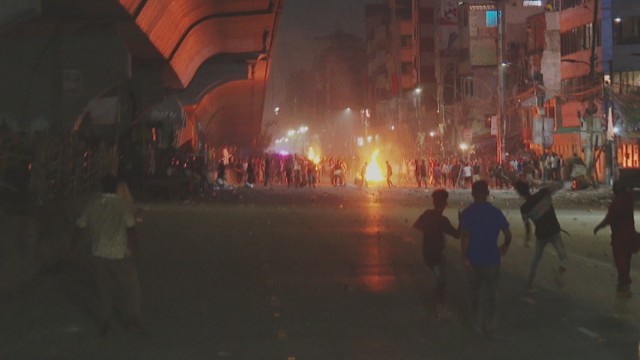
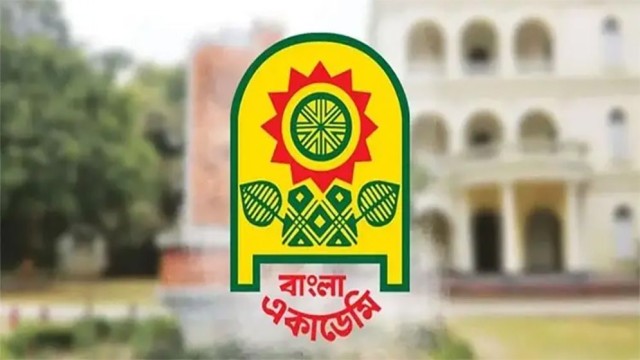
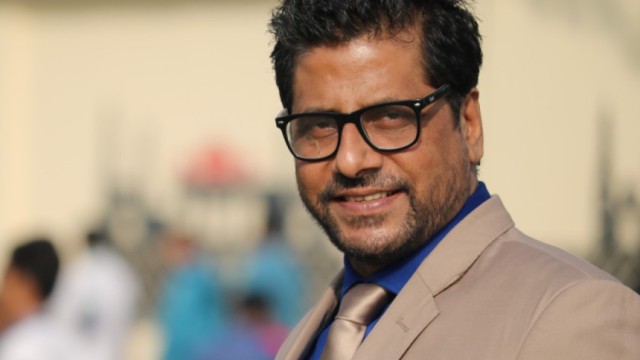
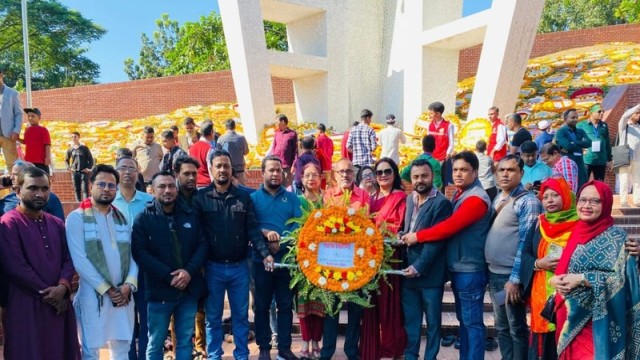
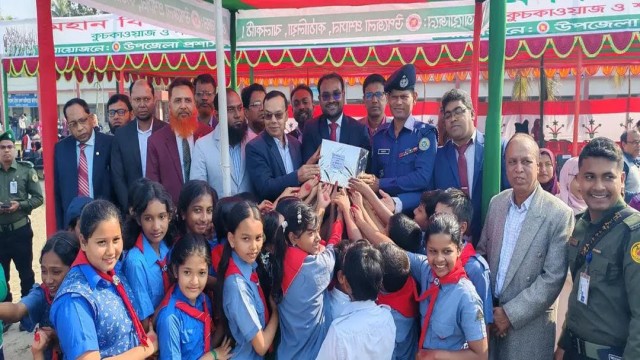
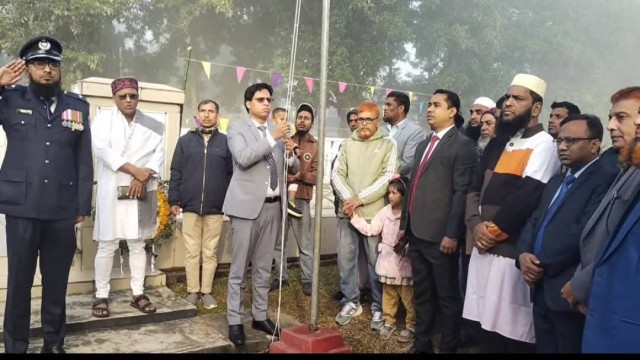
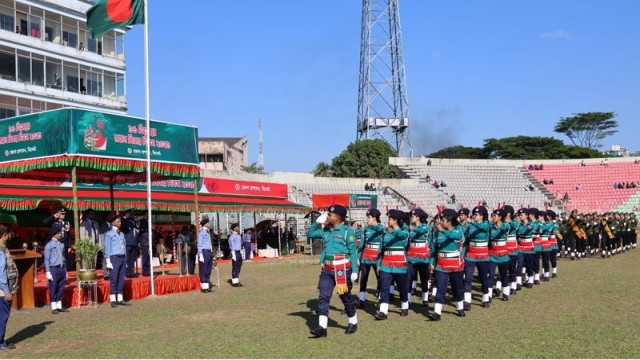
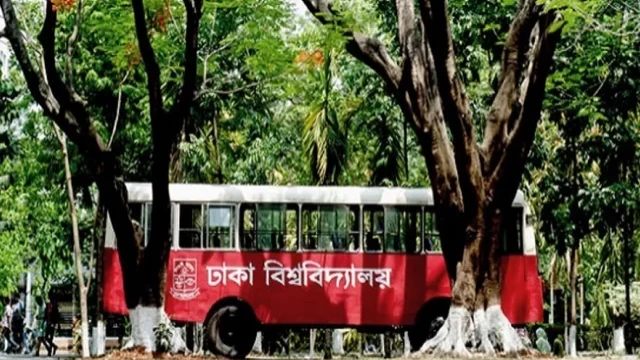
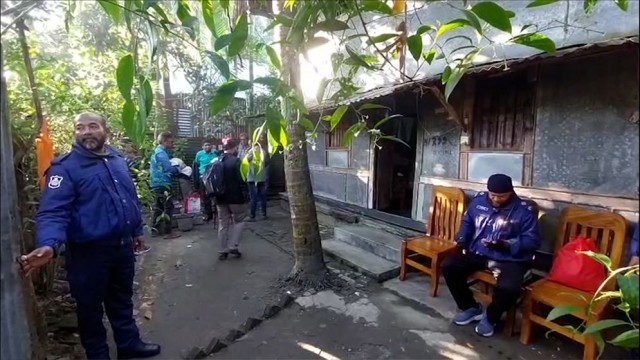
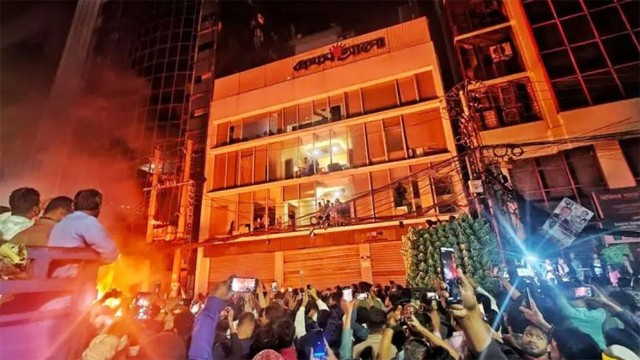

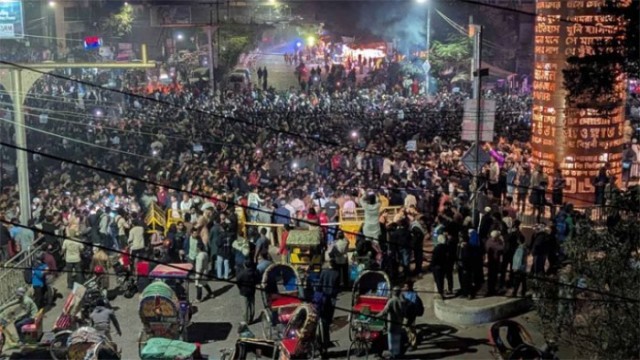
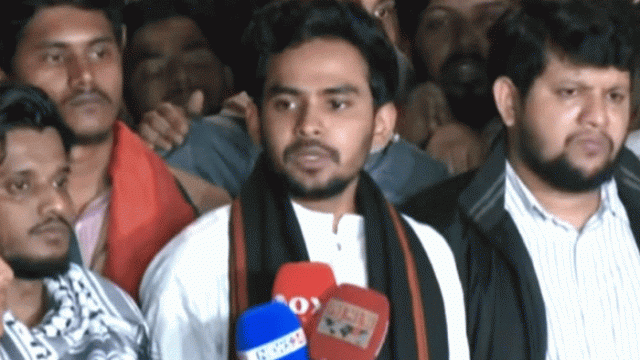
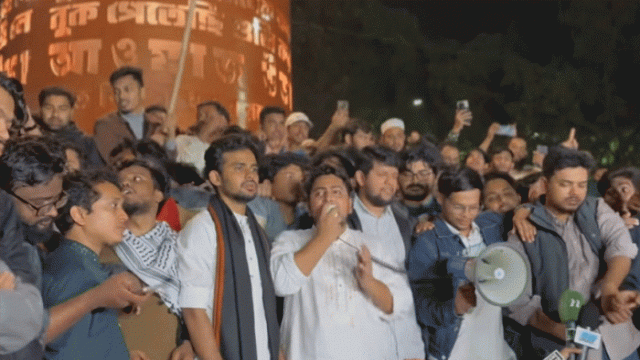
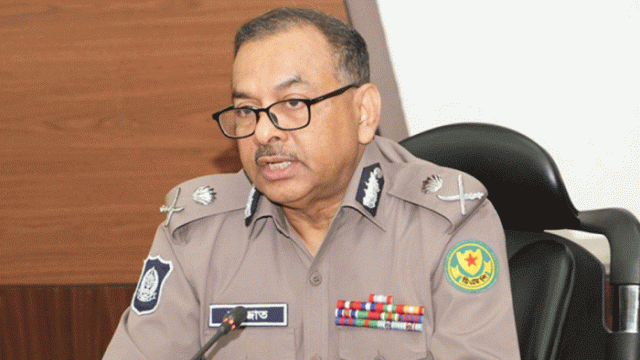
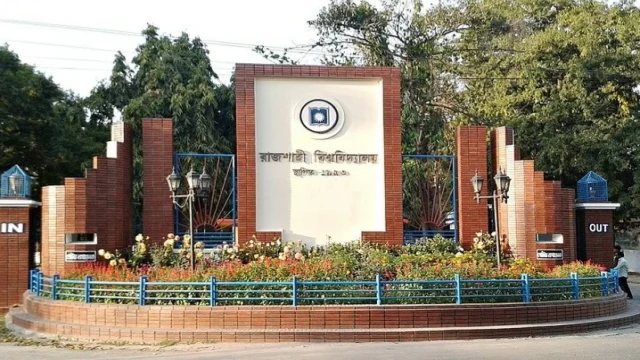
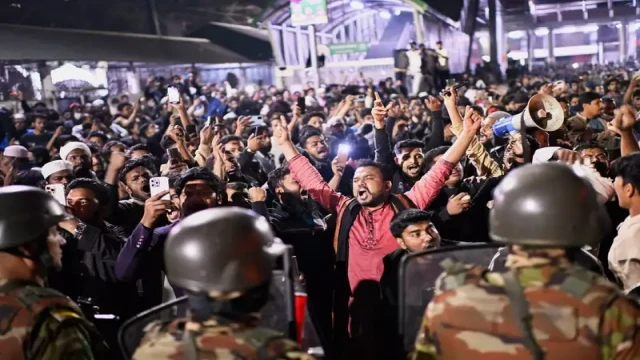

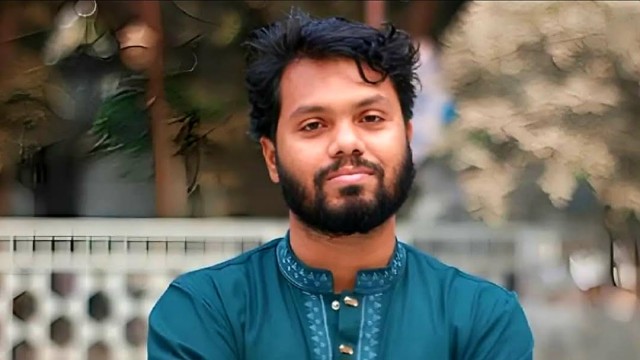
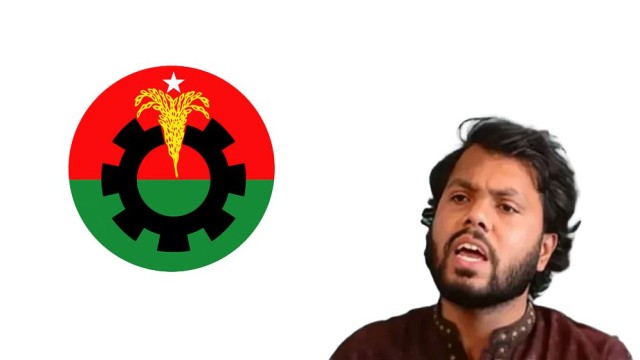
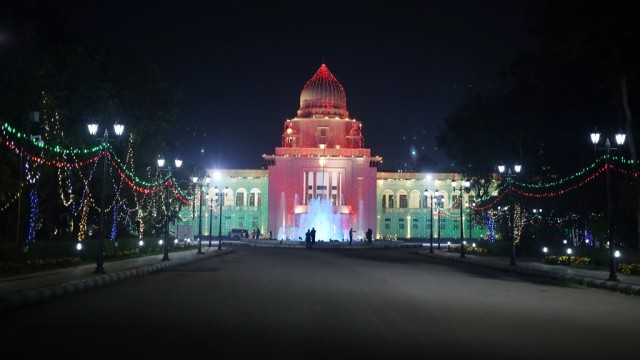

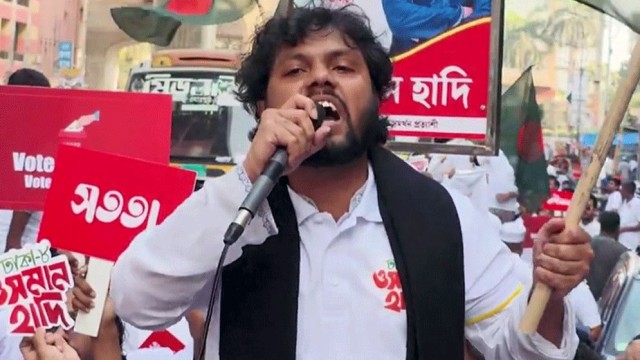
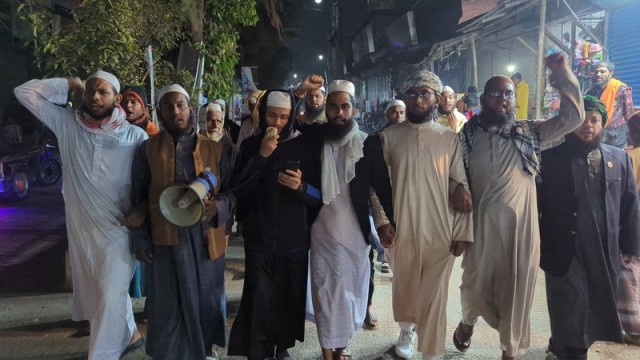
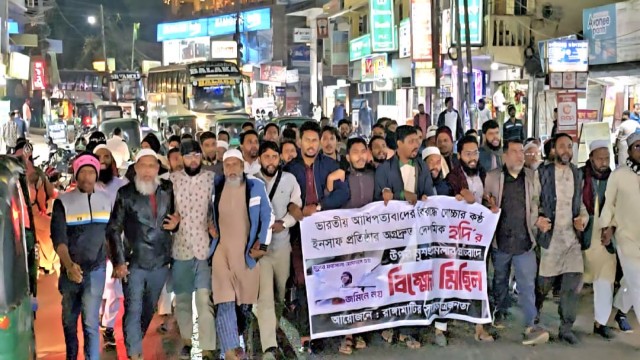
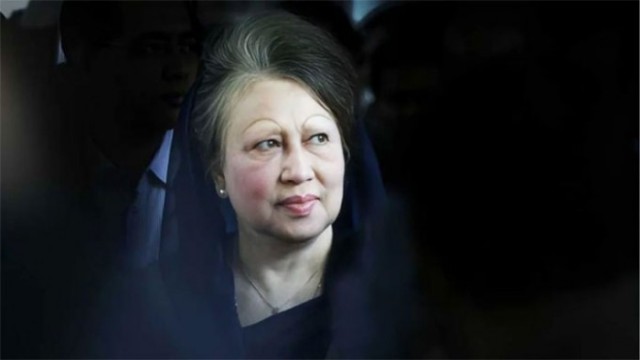

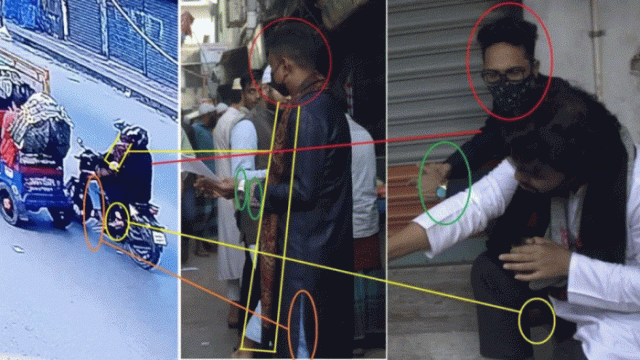
Comment: